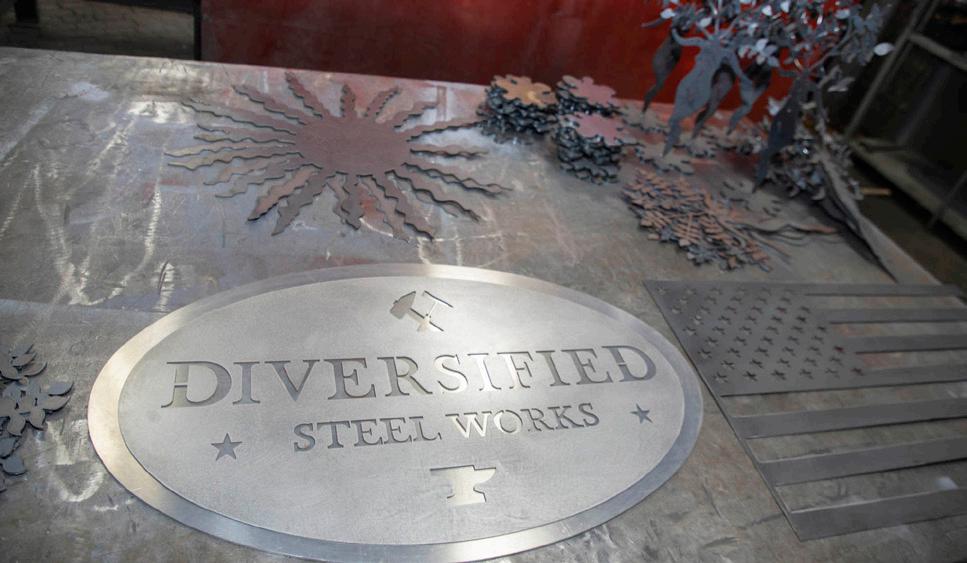
2 minute read
On the Money


Advertisement
know the union will provide us with the trained and skilled employees we need to get the job done.” While Fingles got its start in 1895, the story for Ryley’s Diversified Steelworks is only just beginning. With her own, union-powered LLC, Ryley can support her father’s projects through Fingles but also take on residential and artistic projects, all while developing her skills through Local 100’s apprenticeship program. Some might consider her sheet metal journey off the beaten path, but Ryley sees every day how wise her choices were and hopes more people will consider a career in the trades: “To all the young people thinking about their future and weighing their options, and particularly to young women: don’t just look at college. Look at trades, unions, and their training programs. There are so many possibilities in life, and being in the trades and the union has been a great opportunity for me.” This is the second in our series of SMART 100 member spotlights, where we highlight some of the incredible work of our members across Maryland, D.C., and Virginia. If you’d like to nominate a fellow member to be highlighted, please let us know by emailing us at Info@SMART100.org.


NATIONAL PENSION FUND IS 81.5 PERCENT FUNDED, SMART PRESIDENT SAYS
SMART General President Joseph Sellers, Jr. said that, as of January 1, 2022, the Sheet Metal Workers’ National Pension Fund is 81.5% funded and has been certified in the Green Zone. This means that SMART sheet metal workers and retirees can rest assured that their pensions are strong and healthy, giving them peace of mind that they can count on the National Pension Fund (NPF) in retirement. “Our members and our industry have sacrificed a great deal to get the NPF to this place,” Sellers said. “They have seen changes to their benefits, and they have made the needed pension fund contribution increases. The Green Zone certification is a proud moment for our members, local unions, and employers, but we must continue to be vigilant in our management of the Fund to protect the retirement security of our members.” The NPF has increased its funding percentage year after year for a decade, bringing it from critical status — as recently as 2013 — to its current level of strength. In 2010,







